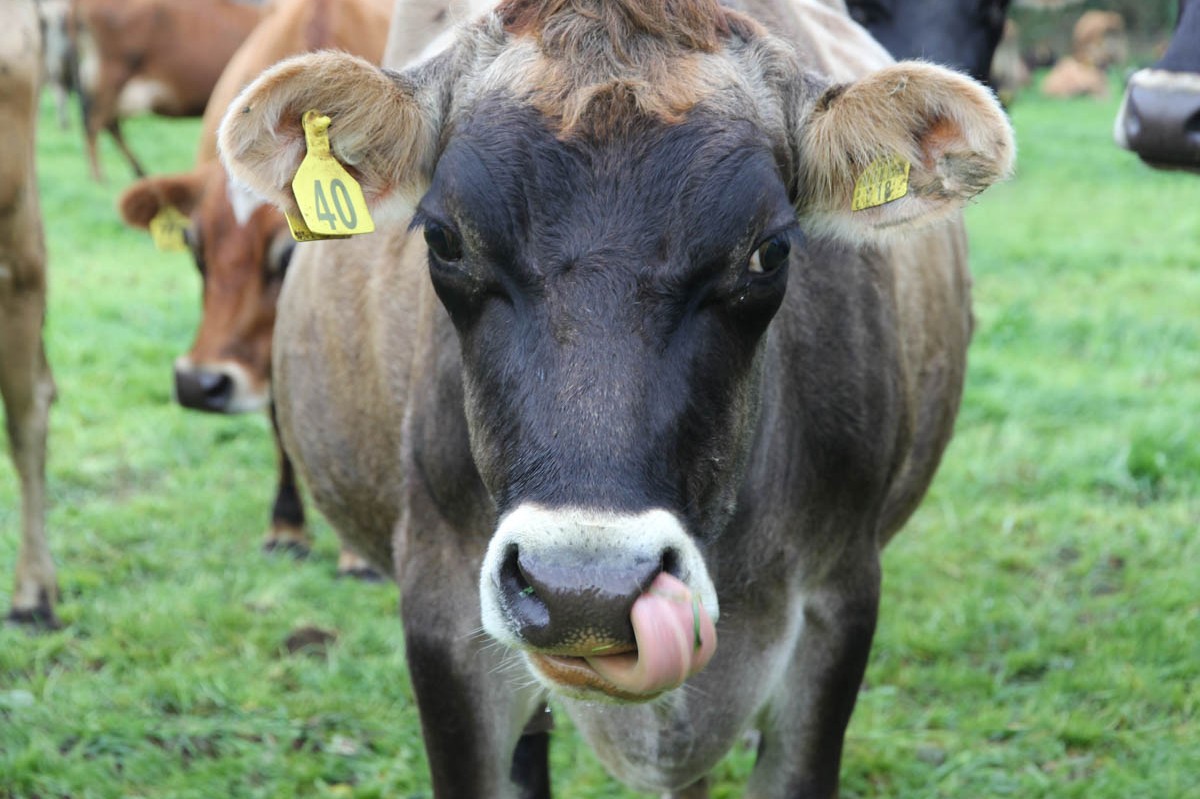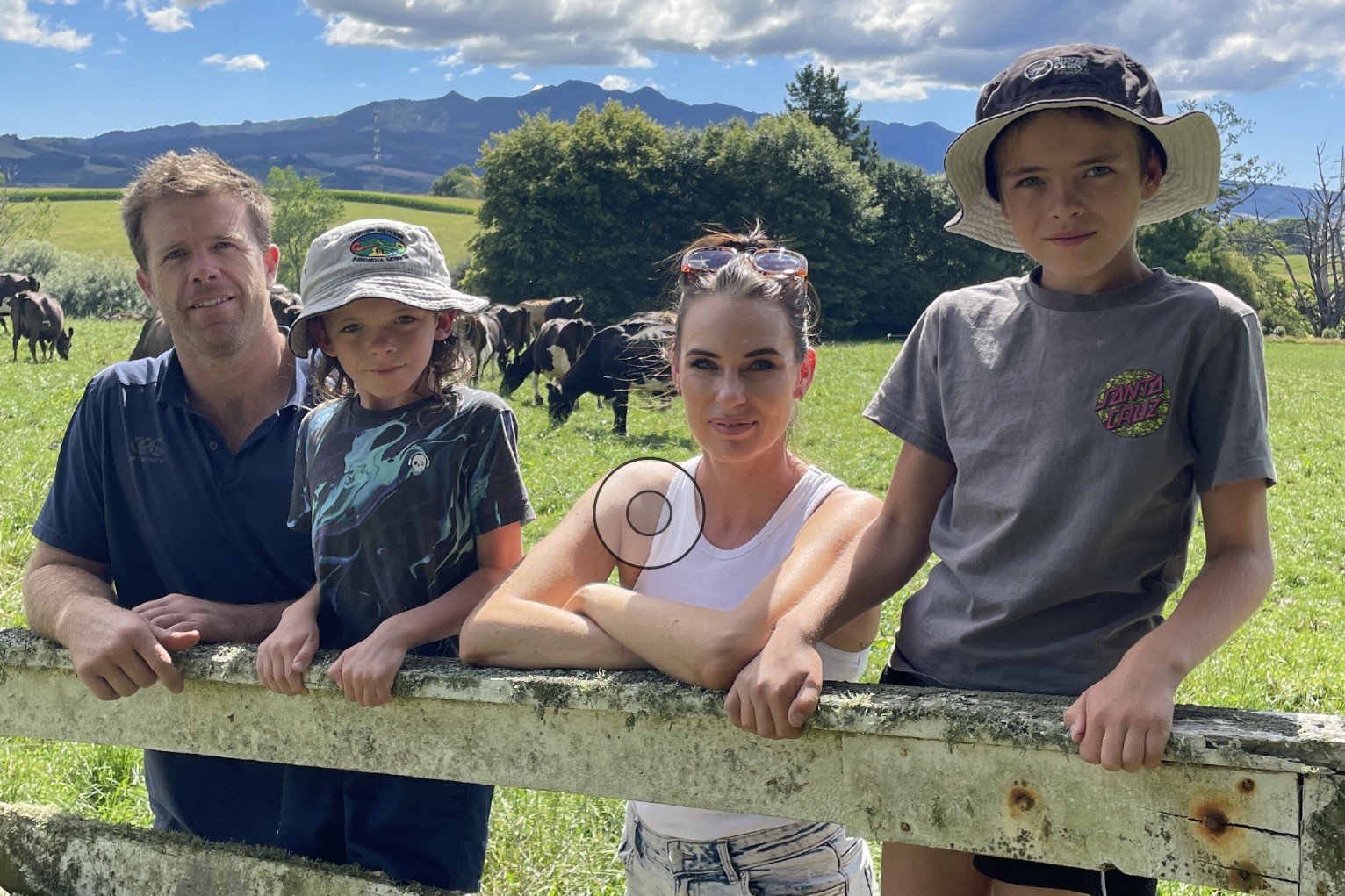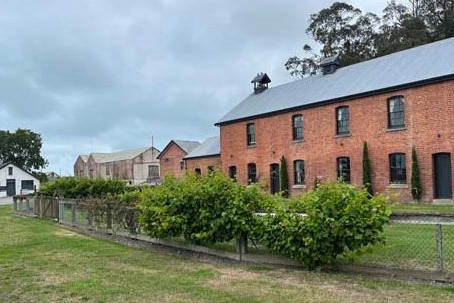Pasture Health Check
Thinking ahead can have a significant impact on the success of your season. We talk to Graham Kerr from Barenbrug about the importance of undersowing.

The past 18 months have been particularly wet in most regions and many pastures have had continual treading damage, opening them up to welcome in the weeds. “Overall we’ve had a reasonably good summer, but there are a lot of weed issues and variability in pastures out there,” says Barenbrug Commercial Manager Graham Kerr.
“Up around the volcanic soils in the Bay of Plenty and Taupo, there is probably the best white clover that I’ve ever seen. But part of that is because pastures are thin in grass. In other areas, pastures have a lot of summer grass weeds for the same reason.”
Farmers need to be aware that the clover will go and the summer grasses will stop growing in April and if they don’t act, those thin paddocks will get filled by a lot of weeds.
“Undersowing is a really good tool to thicken those pastures with desirable ryegrass and clover,” Graham says. “The great thing with undersowing is it is not very disruptive to the farm operation.”
April and May are a great window to undersow paddocks prior to winter, otherwise the next window of opportunity will be to undersow or regrass paddocks in spring, he says.
When spring arrives and calves are arriving left and right and milk production is in high swing, cows demand a huge amount of feed and will need quality pasture in front of them. Making decisions around improving pastures now will help set the farm up going into the next season. “Few things revitalise your farm, your cows and your bottom line more than spring sowing. But there is a caveat; jamming seed into the ground at the last minute without a clear plan rarely delivers the value you want.
“All it does is set the scene for potential disappointment and the stress of a poor result. There’s enough pressure in spring time without adding that to the mix.”
When farmers start drying off cows leading up to winter, they should also be taking note of their underperforming paddocks and making a plan.
Have a good look at the state of all pastures on the farm. Then make a short-list of those that will deliver the best bang for buck in new grass or crop come spring.
Spring sowing plans made now may be affected by weather over the rest of winter, but even if farmers have to adjust the plan accordingly, they will still be better off than if they leave those paddock decisions until later.
Numbers don’t lie
Many farmers already have a feel for which pastures need to be renewed or cropped in spring. But much of the truth lies in farmer’s records. Farmers might be surprised at the difference between paddocks, Graham says.
“Some paddocks will be holding you back, for any number of reasons. Weeds. Poor fertility or drainage. Compaction. Thin, patchy grass and clover.
“Start thinking about what you want to achieve from these paddocks in the long term. Do they need to go into crop to give you a chance to sort out underlying issues like fertility, weeds, compaction or other issues? If so, what crop will best suit your system?
“If they’re going into new pasture, what type of pasture will complement the rest of your farm system? Now is the time to consider tetraploids versus diploids, perennials versus hybrids, different endophytes and seasonal growth patterns. Don’t forget legumes, either.”
Farmers don’t have to work through these considerations on their own, Graham says. “As a pasture and forage company, we want farmers to succeed with whatever they sow in spring. That’s why our field team is available for free Pasture Health Checks.”
Visit barenbrug.co.nz





